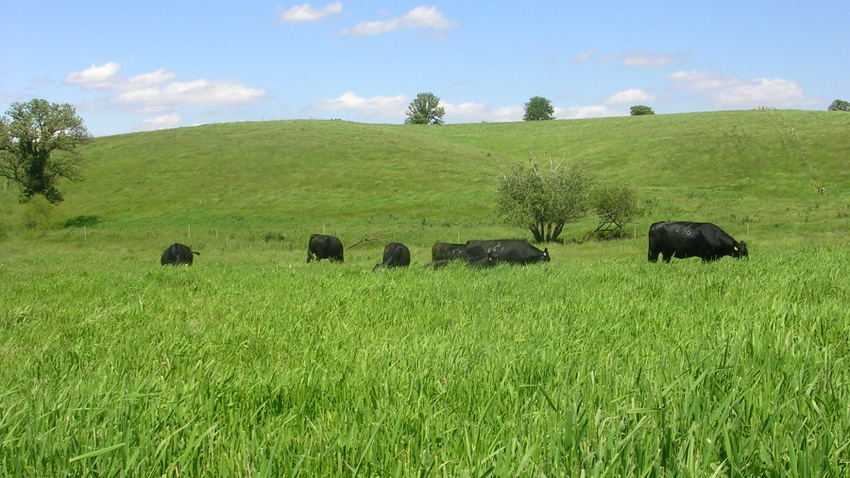March 6, 2024

Pasture leases are an important part of land management. What is a fair rent to pay? How should a pasture lease be worded? Keep in mind that a successful lease is one that works well for both the landlord and the tenant.
In Iowa, the same law that pertains to cropland leases also applies to pasture leases. However, unlike crop leases that typically run from March 1 to the last day of February the following year, pasture leases may be written for a shorter period of time.
Charles Brown, a farm management specialist with Iowa State University Extension, says this process still requires that all leases be terminated by serving a written termination notice at the end of the lease, or the tenant will have the lease for the following year under the same terms as the old lease.
“The termination notice must be a separate document and cannot be part of the lease agreement,” he says. “Also, verbal termination is not recognized by law in Iowa.”
Benefits of written lease
Brown reminds farmers it’s always best to have a written lease as this can eliminate arguments later and improve landlord-tenant communication.
“The written lease should spell out the responsibilities of the landlord and the tenant,” Brown says. “It should name who is responsible for maintaining fences, weed control, providing water, paying for utilities, seed, fertilizer, lime, etc. Is mowing pasture for hay allowed? Who has the hunting rights? These should all be spelled out in the written lease.”
Determining a fair rental amount for a pasture lease can be accomplished in several ways. Although the most popular lease is still a dollar amount per acre, other lease arrangements are possible, including:
a percentage (2% to 3%) of the fair market value of the farmland
an amount based on a per-head, per-day basis
a rental rate based on carrying capacity per animal unit month
a rental rate based on rate of gain
These methods and more are explained in File C2-23, on the ISU Ag Decision Maker website.
Current market rates
Pasture rent per acre can be established by charging a rental rate similar to what other landowners are charging in your area. Local rates vary depending on demand and pasture availability.
Each May, ISU Extension publishes results of an annual survey on cash rental rates with pasture rental rates listed by crop reporting district. The survey shows how average rental rates vary by county and region of the state. For 2023’s survey, check out File C2-10.
“With the improvement we are seeing in cow-calf profits, I believe pasture rental rates may increase for 2024,” Brown says. “Again, it’s always best to have a signed written lease agreement and list everything the landlord and tenant agree on.”
Computing a rental rate
Is there a simple and uniform method of figuring a rental rate for pasture and hay land? Probably not, but helpful guidelines are available.
“There are several methods for computing a pasture rental rate and several factors that influence the rate,” Brown notes. “Pasture rental rates vary according to quality of the stand, type of forage species, amount of timber, condition of the fences, availability of water, and previous fertility practices on the pasture to help keep it productive.”
Examples and explanations of rental arrangements can be found at Ag Decision Maker, the Iowa Beef Center and Purdue University’s Center for Commercial Agriculture.
Read more about:
Land RentalAbout the Author(s)
You May Also Like






